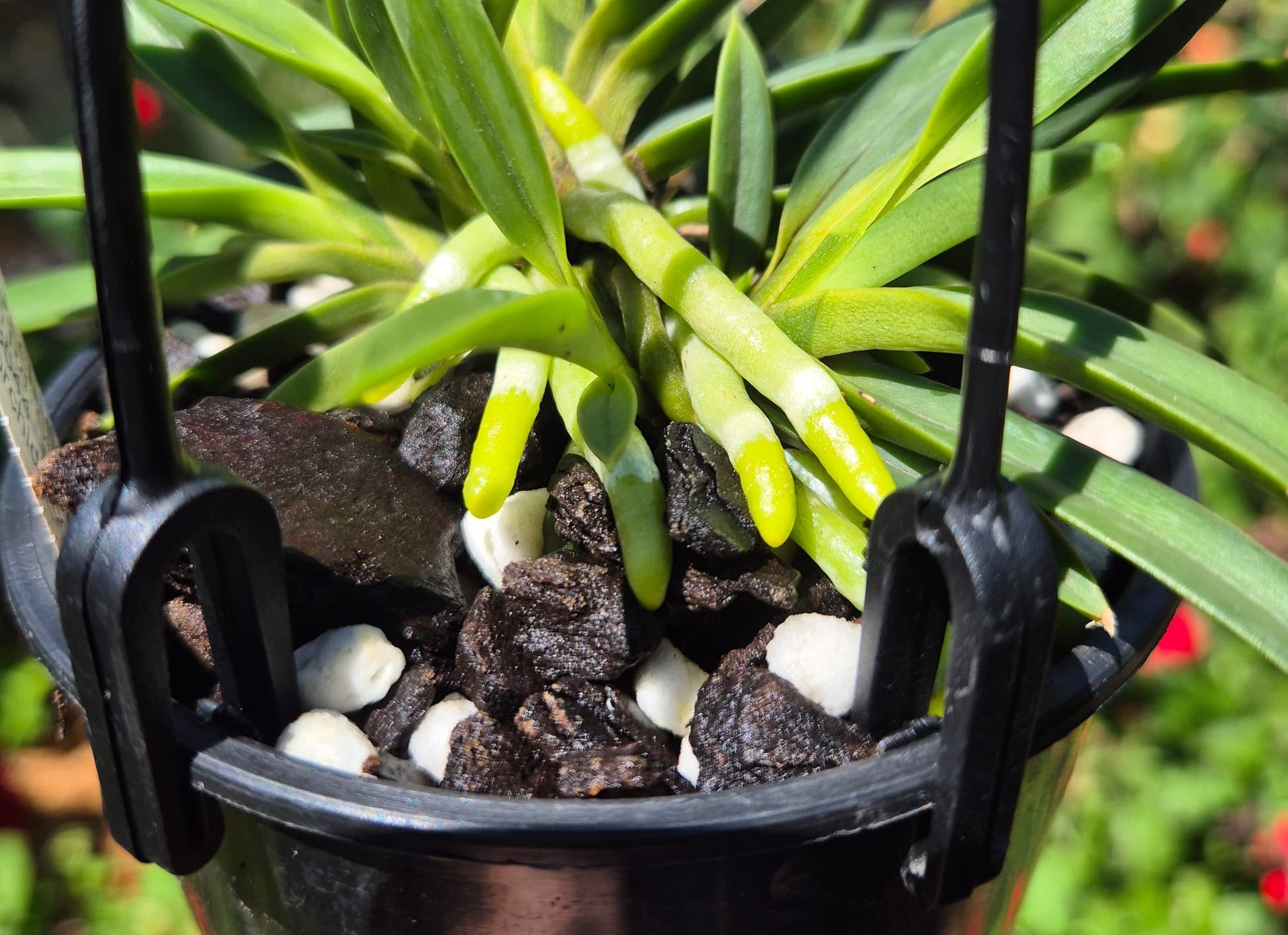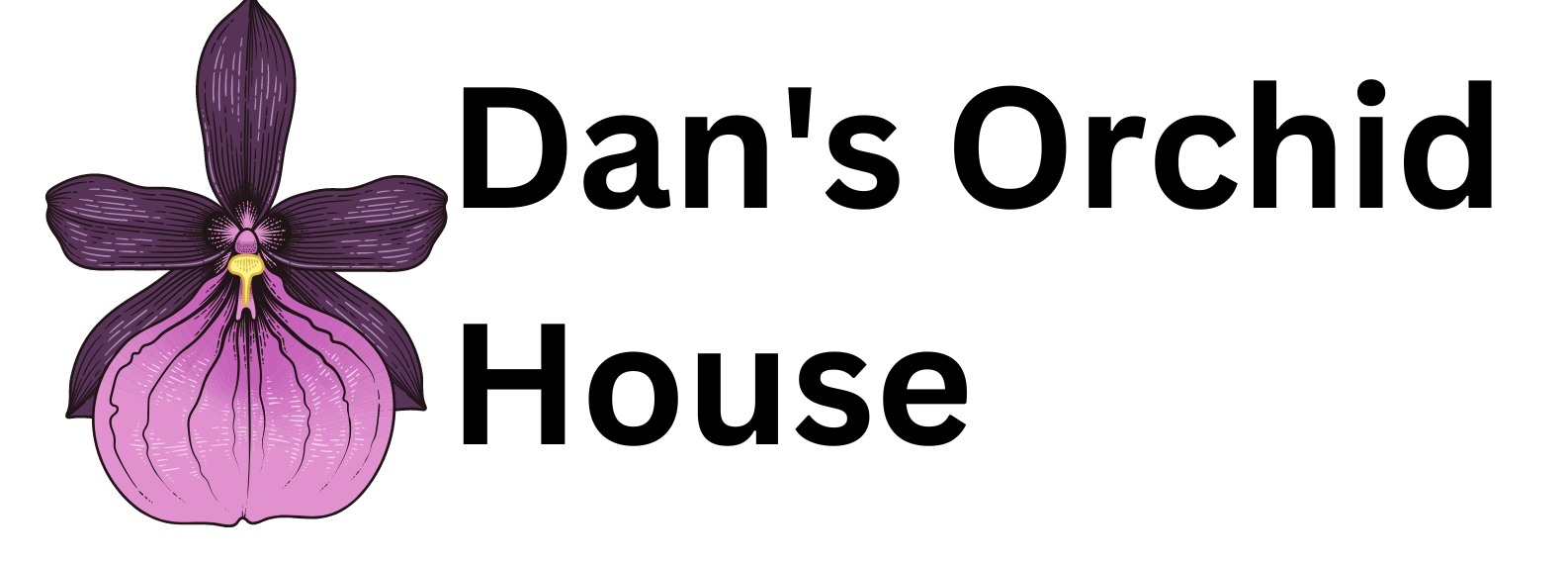Neofinetia falcata Care Guide: Growing Japan's Samurai Orchid the Aussie Way

Neofinetia falcata was once so precious in Japan that only samurai and emperors were permitted to grow it? Today, this enchanting miniature orchid, also known as Vanda falcata, is captivating Australian orchid enthusiasts with its pristine white flowers and intoxicating fragrance! While our climate differs significantly from its native Japanese habitat, with the right adjustments, this historic orchid can thrive in Australian conditions.
Understanding Neofinetia falcata
Neofinetia falcata holds a prestigious place in Japanese horticultural history, particularly during the Edo period when samurai lords prized these orchids as status symbols. Known as 'Fuukiran' (風蘭) or 'Wind Orchid' in Japanese, these compact plants grow naturally grow on trees and rock faces in humid, temperate regions. In their native habitat, they experience distinct seasonal changes but an overall cool mild climate, something we need to consider in the Australian context.
Traditional Japanese cultivation techniques have evolved over centuries, focusing on meticulous presentation and growth habits with plants often arranged and potted in specific ways to showcase them in amazingly styled pots to showcase the unique root and leaf qualities of the various varities. However, in Australia a focus on premium growing and flowering as well as our more extreme temperatues means the focus on utility and gwowing plants efficiently gains greater focus.
Essential Growing Requirements for Australian Conditions
The key to successfully growing Neofinetia falcata in Australia lies in understanding and adapting to our local climate variations. While Japanese growers deal with high humidity and moderate temperatures, Australian conditions can be more extreme, requiring careful management of environmental factors.
Temperature management becomes critical in our climate, with many regions experiencing higher summer maximums and lower winter minimums than the orchid's native range. Successful growers have developed various strategies to buffer these extremes, from shade cloth arrangements to specialized growing spaces that protect these precious plants from our harsh conditions.

Mounting and Potting Techniques
While traditional Japanese mounting emphasizes aesthetics using high-grade sphagnum moss in a mound a top an ornate pot, this doesn't mean you have to grow them that way. Indeed most Aussie growers opt for practicality in this regard.
While I have seen the occasional plant mounted I find most growers have success growing plants in a medium bark and perlite or bark and scoria mix. Very few bother with sphagnum and even fewer opt for the deep ceramic pots used with squat terracotta or plastic the preference.
Unlike other larger vandas, Neofinetia falcata doesn't need the extreme drainage afforded by vanda baskets and so I don't see these used often. This is great for those growing in a mixed collection as it makes watering more straight forward.
In terms of timing, I tend to repot just before new root growth starts in early September. I find this the least disruptive to both growth and flowering although generally they are fairly tolerant and do not mind being repotted at just about any time of the year.
Watering and Fertilizing in Australian Conditions
Water management represents one of the most critical aspects of growing Neofinetia falcata in Australia. Our irregular rainfall patterns and dry periods require a more adaptable approach to watering schedules than traditional Japanese methods. These plants loath being wet and soggy but love moist root runs so using a free draining setup as per above and then watering frequently (daily in summer) gives the best results.
When using spagnum moss like the Japanese do fertilisation needs to follow a specific regime to avoid the quick breakdown of the spagnum. If using bark instead you can use a more traditional fertilising regime that is weak but frequent. I prefer products like Magamp and Strike Back for Orchids as examples.
Blooming
In Australia, similar to Japan these plants flower in high Summer from December to January. While a great joy over a period where less is in bloom it does unfortunately mean they miss most shows. We can only hope that as these plants and the many varieties they have become more popular than eventually the powers that be in the Aussie Orchid world move to having a dedicated summer show similar to those that are commonplace in Japan.
One of the advantages of the growing methods preferred in Australia is that it makes growing large specimens far easier and more common. Neofinetia falcata makes a great specimen covered in delicate white blooms the largest specimens can form mounds which when caught in the breeze just dance, making their common name of the wind orchid quite apt.
Growing Neofinetia falcata in Australia requires thoughtful adaptation of traditional techniques, but the rewards are absolutely worth the effort! By understanding how to adjust care requirements to our unique climate, you can enjoy these magnificent orchids just as the samurai did centuries ago. Whether you're a beginner or an experienced grower, these elegant plants offer a fascinating journey into both horticultural and cultural history. Start your Neofinetia growing adventure today, and become part of a centuries-old tradition with an Australian twist!

Member discussion